A Proposed Model Organism for the Neuronal Studies, Sea Slug (Aplysia californica)
Hey Steemians,
In today’s article I will be talking about Aplysia, a gastropod which belongs to phylum Molluscs. They are medium sized sea slugs also known as sea hares as their chemosensory tentacles (rhinophores) look like ears. Aplysia are very popular among neuro researchers and are also referred as “model organism”. Eric Kandel used Aplysia to study on memory storage in neurons and in 2000 he bagged Nobel Prize in Physiology or Medicine for this study.
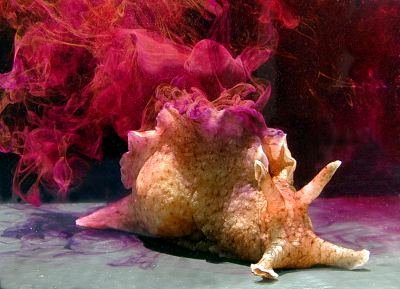
They are benthic and herbivores (feeds on algae and other plants). In sea they are found in tropical and sub-tropical tidal zone along with seaweeds. Majority of Aplysia are found in Indo-Pacific water followed Atlantic Ocean and very few in Mediterranean. In size they fall in the range of 60-70 cm and weigh upto 15.9 kg. Aplysia are hermaphrodite, some species like Aplysia californica has in built ability to store and digest sperm from other partners and mates with multiple partners. In mating sex pheromones are involved like attractin, a water borne protein it interacts with other three proteins like enticing, temptin and seduction that stimulates male attraction. They lay eggs at remarkable speed of 41000 eggs per minute. The embryonic development comprises spiral cleavage through blastula, gastrula and trochophore and they become sexually mature in three to four months (1).
One of the most remarkable features of Aplysia is their defense mechanism. When Aplysia feels any threat around itself it secrets ink to escape. Researchers have worked on this product of Aplysia and found that this ink is composed of ammonia. In 2005, Derby group from Georgia State University published the study of examining the ink and opaline glands of Aplysia and found chemicals L-lysine, L-arginine in opaline gland produces sticky white compound and escapin enzyme protein produced in ink gland are stored in separate glands and at the time of secretion these are simultaneously released in the mantle cavity and they reacts to form defensive secretion (2). It has been found that the protein escapin is having antimicrobial properties. Derby’s group studied the mechanism of antimicrobial property of escapin. They found that when escapin when it reacts with L-lysine produces many intermediate products called escapin intermediate products of L-lysine (EIP-K) and these intermediate products play role in antimicrobial effect. They found that EIP-K and hydrogen peroxide acts synergistically to kill microbes, both of them alone do not show any such effects. To carry out their study they used E.coli and found that they lead to cell killing as a result of rapid DNA condensation, to compare efficiency of this compound they used chloramphenicol as control and found that they showed EIP-K plus hydrogen peroxide induced nucleoid condensation approximately half times more than chloramphenicol treated cells. They also differed in the pattern of condensation in case of chloramphenicol dense ring was formed with a hollow in center whereas in EIP-K plus hydrogen peroxide solid and homogenous condensation took place (3). The property which makes Aplysia so useful to researchers is that they have giant neurons, a plus point which make easy to work with and they are differently colored like orange, yellow, milk, reddish or even in greenish color. Aplysia is consists of 9 ganglia with nearly 10,000 neurons and most of the neurons are easily accessible from ganglionic surface. The reason behind such large neurons is they are extraordinary polyploidy. The larger size of ganglion makes the electrical signals to transmit at high velocity which ultimately leads to enhancement in behavioral response. They have long term memory and can easily form associative and non-associative form of memory (4).Many research studies are going on Aplysia to understand the memory formation and difference between long term memory and short memory and to treat many neurological disorders. A recent work has been published from David Glanzman group from Department of Integrative Biology and Physiology, UCLA showing the involvement of RNA in the memory formation. For this study the model animal they used is Aplysia and they trained Aplysia to develop memory and they extracted RNA from trained Aplysia and transferred to untrained Aplysia and upon receiving same stimuli like they showed same response like trained one. So Aplysia can be used to study and solve many mysteries related to neurological diseases and may be in future we can develop medicine or therapy to avoid or treat such conditions.
Sea Slugs Provide a new way to analyze the Brain Data
Scientists believe that our brain is not that much complicated as we thought it is. In a study by Angela Bruno, a graduate student found the neurons action on the movement of the aplysia. The slug brain has some complexity as of higher organism and what happens in the brain during movement is studied in a small part of neuron system. Whereas a large neuron system can enable us to measure the whole activity of the functioning system. The new technologies and studies have lead us to understand the functioning of a single neuron and the work which was done in years to map a neuronal function can now be done in hours. In the finding it was described that how the complex locomotion of Aplysia can be interpreted and studied through the neuronal signals. With help of it the brain networking and how it work or response to a drug when given to the human body can be studied and the whole system can be studied in a simpler way (5).
Helps Neuroscientists to find when and where the memory is formed
Memory formation is not something which can be switch on or off it takes time to memorize something and also to fade away that memory. Different molecular signaling are responsible for the process to occur and their step wise activation plays a crucial role in the signaling pathway. To gain an insight to this step wise activation of these molecule researchers have studied the neurons in Aplysia californica. Because of having neurons larger in size and less in number the study can be made very much easy in these creatures. MAPK and PKA are the molecules involved in the formation of memory and synaptic plasticity, which vary on the neuronal interaction but was less understood as the system was more complex but the use Aplysia makes it very simpler and easy. Well the analysis shows for the memory to be stored for long there is involvement of both the molecules but for the memories which generally lasts for 30 min or so only PKA is active and there is no involvement of MAPK (6).
Sensitization in Aplysia and the neuron transport channel system.
Characterized with Insulin gene, similar to the human insulin
Insulin is present in most of the life form and functions as a hormonal control of metabolism, however the presence of insulin in sea slugs have been inferred long ago but never been identified. In a new study by Sweedler and group have identified the gene with use of biochemical advancements and mass spectroscopic analysis. Using MALDI they found a peak corresponding to no known neuropeptide, further the unknown mass was extracted using different chromatographic methods and sequenced.
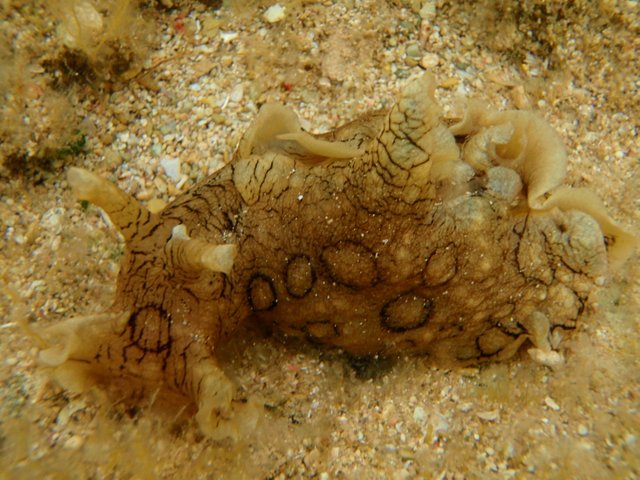
In an attempt to understand the chemical cue of the whole process of egg-laying in sea slug the behaviour of carbohydrate metabolism was studied. As the development stages are very easy to study, they have studied the blood glucose level upon injecting the insulin and without it. The group have found that upon injecting the insulin the organism is going into the egg-laying stage. This is itself a study, where the importance of insulin can be studied in the process of egg-laying. In addition to this the structure of insulin is also to be resolved as the insulin produced by aplysia is having one more peptide chain hanging at the edge of the peptide chain A (7).
Conclusion
Aplysia whose ink released as a response in defense makes it a model in neurobiology. Aplysia becomes an organism with which the neuronal activity and the whole functioning stages can be studied. Due to the simpler developmental stages and neuronal functioning makes it more and more reliable for such studies. If you go through the literature you will find lots of studies to understand the neuronal functioning. Apparently, in the study of genomics where it was found that some of the potent enzymes and proteins involved in the metabolism are very much similar to the genes present in the human beings. Hence, proposing a model organism for the study of neuronal functioning.
References
Moroz et. al., 2011 Aplysia 21(2):60-61.
ScienceDaily - Sea Slug and defense Mechanism.
ScienceDaily - Mollusk Insulin (A unique gene).
Hope you enjoyed reading it, Please upvote and follow my page for further reads on such topics. Feel free to comment.

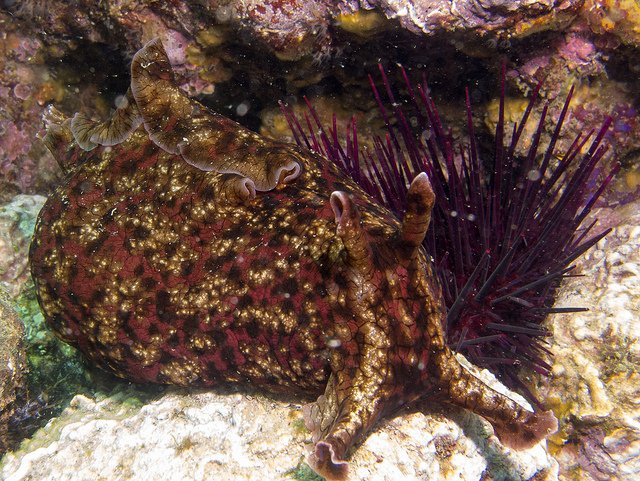
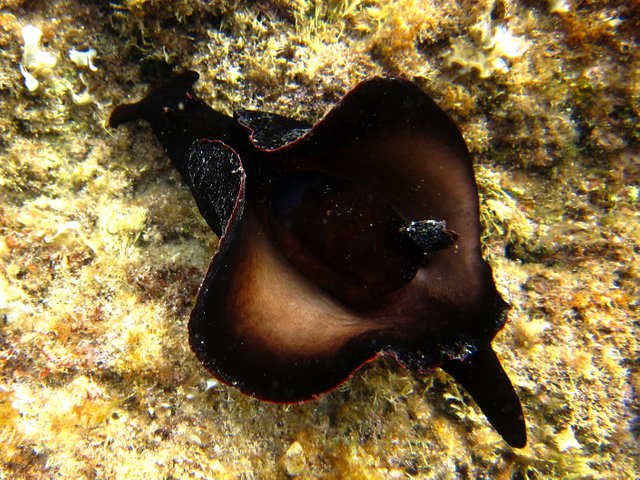
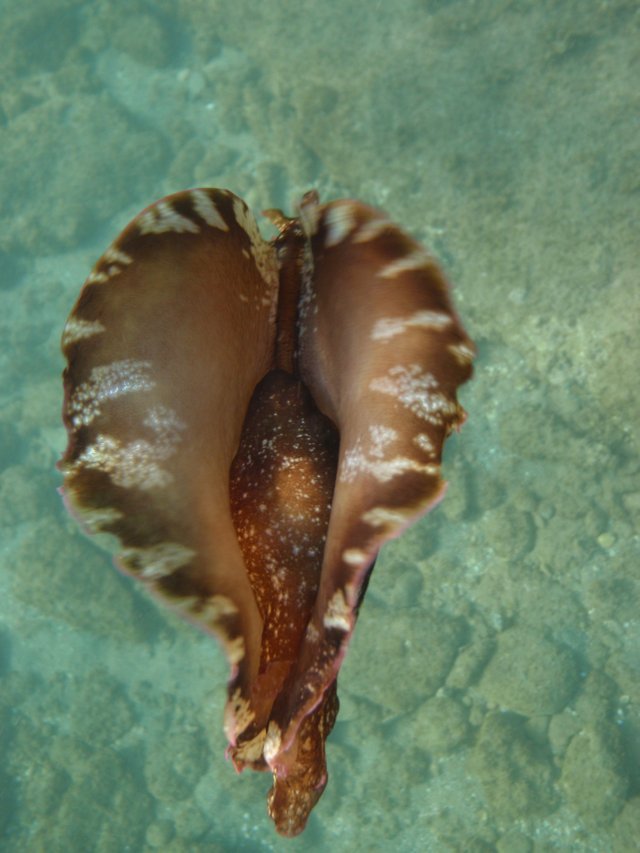
Hi @vinamra
We have selected your post as post of the day for our DaVinci Times. Our goal is to help the scientific community of Steemit, and even if our vote is still small we hope to grow in quickly! You will soon receive our sincere upvote! If you are interested in science follow us sto learn more about our project.
Immagine CC0 Creative Commons, si ringrazia @mrazura per il logo ITASTEM.
CLICK HERE AND VOTE FOR DAVINCI.WITNESS
Keep in mind that for organizational reasons it’s necessary to use the “steemstem” and “davinci-times” tags to be voted again.
Greetings from @davinci.witness and the itaSTEM team.
Glad to see you are back! I hope this animal will help us understanding our brain better. If I have well understood, studies on this beast are on-going, aren't they?
Thanks for the comment @lemouth
Yeah, study is still going on.... as size of the neuron is large, the signaling system can be easily understood. Sea slugs are also exhibiting genes for some of the common proteins which we have and you never know what more surprises it holds for us, there is so much more to explore.
Thanks again.
:)
Hey, what's up? I did not know that, I love mollusks in fact someday I want to be a teutologa, I loved your post ... regards.I'm glad you like it and thanks for the comment....
Whats teutologa?? never heard of it, is there any other name of it which helps me find it.
Teutology is the branch of malacology that is responsible for the study of octopo
So finally you are back to writing something after a long time. Nice. Keep going. :-) Nice article.
Thanks @bala41288
Yeah, I'll try not to take long breaks...
Yes try to write at least one short post per day and a well researched long post per week. Just to maintain the consistency. I have been writing posts every single day for the past two weeks. It is going good. Helping me improve my consistency. You too try it.
Hi @vinamra!
Your post was upvoted by utopian.io in cooperation with steemstem - supporting knowledge, innovation and technological advancement on the Steem Blockchain.
Contribute to Open Source with utopian.io
Learn how to contribute on our website and join the new open source economy.
Want to chat? Join the Utopian Community on Discord https://discord.gg/h52nFrV
This is a very impressive post. I have been hearing about sea slugs but never have I seen it. Thanks for sharing. Very much appreciated!
Thanks for the comment, I'm glad you like it.